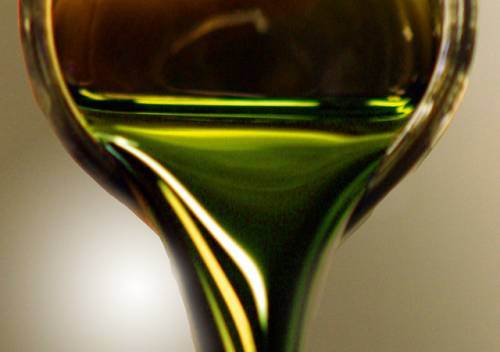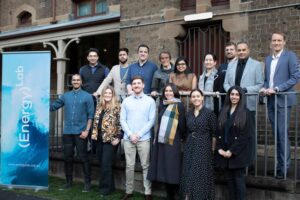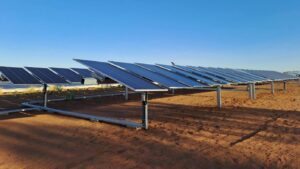PRESS RELEASE
The Australian Renewable Energy Agency (ARENA) today announced funding for a pioneering project aiming to turn biosolids from sewage into crude oil.
On behalf of the Australian Government, ARENA is providing up to $4 million in funding to Southern Oil Refining for its pilot project at its refinery near Gladstone, Queensland.
The $11.8 million project involves building a demonstration scale hydrothermal liquefaction reactor to produce the renewable crude oil from biosolids. The hydrothermal liquefaction will involve the treatment of the biosolids using a thermochemical conversion process to produce a biocrude.
The renewable crude oil will then be upgraded to renewable diesel and potentially renewable jet fuel using Southern Oil Refining’s existing facilities that re-refine waste oils such as transmission and engine oils.
Biosolids are a byproduct of the treatment of wastewater. There are currently over 300,000 tonnes of biosolids produced annually through sewage treatment in Australia.
Currently these biosolids are managed and treated in a number of ways including stockpiling.
Southern Oil has partnered with Melbourne Water and will use stockpiled biosolids at Melbourne Water’s wastewater treatment facility at Werribee, Victoria so as to characterise the crude oil that is produced from those particular biosolids.
The project will also utilise biosolids from a local sewage treatment facility. The demonstration is the first step to developing biosolid waste to renewable fuel plants at sewage treatment plants in
Australia.
ARENA has previously funded Southern Oil Refining to build a first-of-its-kind biocrude and biofuel laboratory and testing facility built onsite at Gladstone as part of its advanced biofuel pilot plant.
ARENA CEO Ivor Frischknecht said the project offered further opportunities for waste diversion while also helping with Australia’s fuel security.
“A crucial service like wastewater treatment unfortunately produces a significant amount of leftover waste, so we’re particularly excited to see Southern Oil Refining’s project deliver an option to divert biosolids into a recycled, renewable form of energy.
“Biosolids are produced at sewage treatment facilities across the country, and often stockpiled so this project could literally turn waste that into fuel,” he said.
Managing Director of Southern Oil Refining, Mr Tim Rose, further highlighted the national implications of ARENA’s commitment to this project.
“This ARENA funding will facilitate Australia’s largest ever demonstration scale reactor using wastewater treatment biosolids to produce renewable crude oil. We will then refine this crude oil into 100 per cent drop in renewable fuels” he said.
“With waste water treatment stockpiles across the country, this project is entirely scalable and I believe will ultimately lead to the production of hundreds of millions of litres of renewable fuel each year in Australia. This outcome would greatly benefit the environment, be tremendous for the economy while improving Australia’s fuel security,” he added.
Melbourne Water’s Manager of Treatment and Resources Jenelle Watson said: “The hydrothermal liquefaction technology has so much potential to extract value from biosolids and contribute to the renewable fuels market. Melbourne Water is excited to be partnering with Southern Oil Refining and ARENA to develop hydrothermal liquefaction to a commercial scale.”










